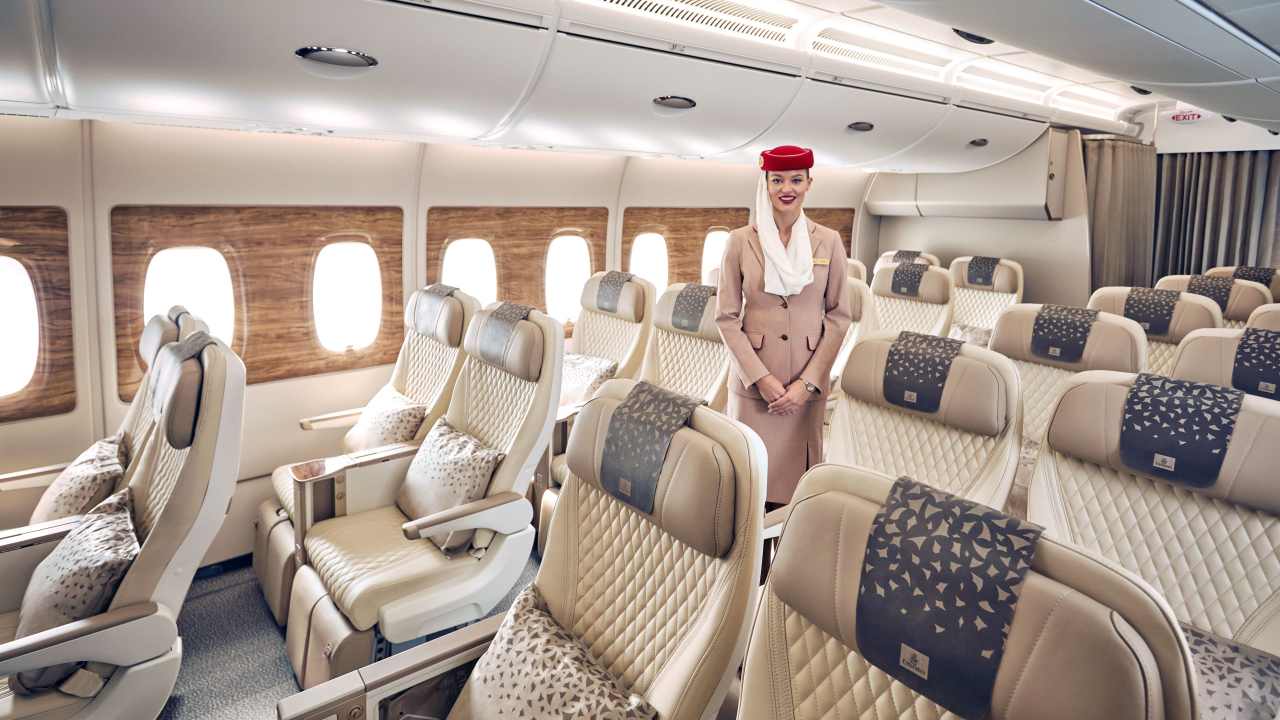ATR reports ‘robust growth’ in 2023
Regional aircraft manufacturer ATR released its 2023 annual results highlighting a robust growth through increased deliveries and sales.

Image: ATR
ATR delivered 36 aircraft in 2023, a 44% increase from 2022. This reflects a positive momentum, while the year was still beset by lingering supply chain disruptions, with raw material and component shortages slowing down the manufacturer’s ambition to ramp up.
With 40 new aircraft sold in 2023, a 53% rise from the prior year, the company achieves a book-to-bill ratio at over 1. ATR welcomed 11 new customers in 2023, of both new and pre-owned aircraft, and recorded over 100 transactions on the second-hand market, demonstrating the strong demand for ATR’s advanced, low-emission and cost-effective turboprops. While Asia remains ATR’s most dynamic market, the company also secured orders from Latin American and European customers in 2023, for both fleet growth and replacement. Overall, 160 new routes were opened by ATR aircraft last year, up from 150 in 2022.
ATR achieved almost $1.2 billion in revenues for the first time since the pandemic, also supported by a record year for services with revenues over $400 million.
Looking at the regional market, the company sees further demand in the next years, with expected fleet growth mainly in South Asia (India), South-East Asia (Indonesia, Philippines) and Brazil. New regulations related to rising environmental pressure also create opportunities for ATR to capture a significant portion of the replacement market, especially in Europe, Japan, Canada and the United States, as ATR aircraft offer an immediate solution to cut down emissions dramatically compared to similar-size regional jets.
Nathalie Tarnaud Laude, ATR’s CEO, said: “2024 will be a year of stabilisation, paving the way for future growth, and we have already delivered two aircraft since the beginning of the year, which sets a promising pace for ATR.” She added: “Our 2023 results underscore the value and relevance of our products and services and our ability to adapt to changing market dynamics. Our turboprops remain the backbone of many regional airlines’ fleets, praised for their fuel efficiency, low emissions, cost-effectiveness and versatility.”
Stay up to date
Subscribe to the free Times Aerospace newsletter and receive the latest content every week. We'll never share your email address.

